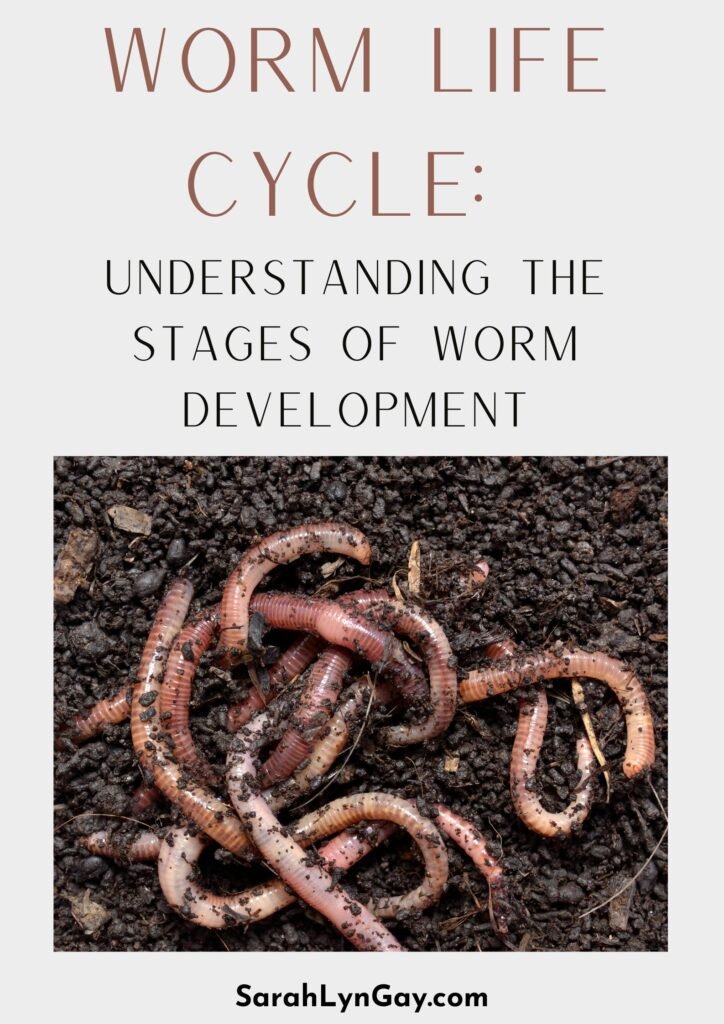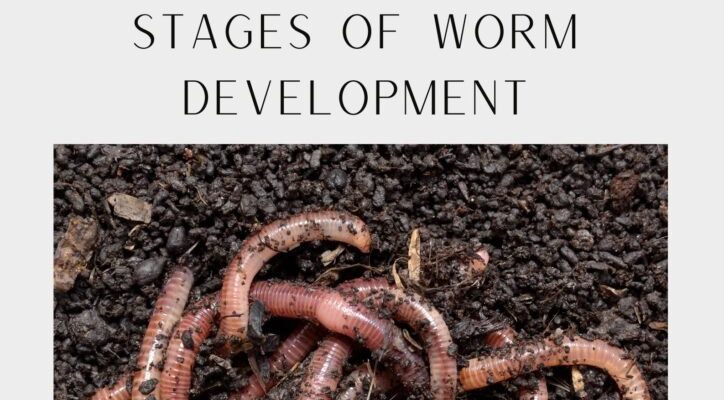
The Malayan hammerhead worm, or *Bipalium kewense*, is often found in tropical regions, particularly Southeast Asia. They’re easily recognized by their flat, hammer-shaped heads that give them a rather unique look, almost like a tiny underwater hammerhead shark. Let’s dive into the different stages of their life cycle, so you can appreciate these worms and the behaviors that come with each phase.
Stage 1: Egg Development
The journey of a Malayan hammerhead worm begins as a tiny egg. During the reproduction phase, female worms lay clusters of eggs in moist soil or in decaying vegetation. These eggs are usually protected by a jelly-like substance, which helps keep them safe from predators and harsh environmental conditions. The eggs can be laid in groups, sometimes numbering in the hundreds!
After a period of time—typically two to three weeks—the eggs hatch. Young worms, known as hatchlings, emerge from the eggs as miniature versions of the adults. While they might look small and fragile, these hatchlings are equipped to immediately start their lives, which is a crucial survival trait in the wild.
You might be wondering how these little ones survive in a world filled with dangers. Well, they rely on their ability to camouflage against leaves and soil. This helps them evade predators and make their way into the next stage of life.
Stage 2: Juvenile Phase
Once they’ve hatched, the worms enter their juvenile phase. This is a critical time for growth and development. During this stage, they often stay close to their birthplace but begin to explore their surroundings. This curiosity plays a significant role in their development, as they search for food and suitable habitats.
Juvenile hammerhead worms feed primarily on small invertebrates and organic matter. They use a specialized feeding technique, secreting digestive enzymes to break down their food before absorbing the nutrients. Honestly, it’s a bit like having a personal chef who prepares everything just the way they like it!
As they grow, they’ll shed their skins several times. This process allows them to grow larger and adapt to their changing environment. It’s like upgrading to a new outfit that fits better. Each molt helps them prepare for the next stage of their lives.
Stage 3: Adult Phase
Once juvenile worms reach maturity, they become adults. This stage is pretty exciting because they’re now capable of reproduction. Adult Malayan hammerhead worms can reach lengths of up to 30 centimeters (around 12 inches); that’s quite a bit larger than their hatchling selves!
As adults, these worms can have a more varied diet, including an increased appetite for slugs and other worms. Their hammer-shaped heads come in handy during feeding, allowing them to navigate through dense vegetation while searching for food. They can often be found at night, when their hunting activities ramp up.
Behaviorally, adults become more territorial. They defend their space from other worms and will engage in aggressive behaviors to protect their territory. It’s like marking your turf a little, well, worm-style!
Reproduction and Mating Behaviors
Reproduction is a fascinating aspect of the Malayan hammerhead worm’s life cycle. They engage in a unique mating ritual that involves two worms intertwining their bodies. This process can be quite lengthy, lasting up to several hours. They exchange sperm and then part ways to fertilize their eggs.
Interestingly, these worms can reproduce both sexually and asexually. In asexual reproduction, a single worm can split into two, with each half regenerating into a full worm. This ability to reproduce in various ways sometimes comes in handy in unpredictable environments, ensuring the survival of their species.
After mating, the female lays eggs, and the cycle continues. It’s almost poetic when you think about how life goes on, isn’t it?
Behavioral Adaptations
The Malayan hammerhead worm displays remarkable adaptations that help it thrive in its environment. One of the most interesting behaviors is their ability to navigate using the Earth’s magnetic field. Research has shown that these worms can detect magnetic fields, which may guide them during their travels. You could say they have nature’s GPS!
Additionally, when threatened, hammerhead worms can release a toxic substance that deters predators. This defensive mechanism is crucial in avoiding becoming someone else’s dinner. They essentially say, “Not today!” and wiggle away to safety.
Their nocturnal habits also shape their behavior. Being active at night allows them to avoid the harsh rays of the sun while taking advantage of cooler temperatures and increased moisture. So, if you ever spot one of these worms at dusk, it’s just a usual night out for them.
Importance to the Ecosystem
You might not think a worm could make a big impact, but the Malayan hammerhead worm plays an essential role in its ecosystem. As predators of small invertebrates, they help control populations of other organisms, which maintains balance in the soil.
By feeding on decomposing matter, they also contribute to nutrient cycling. When they break down organic material, it enriches the soil and supports healthy plant growth.
They may be small, but their contributions to the ecosystem are significant. It’s like being an unsung hero in the natural world. The next time you think about the food chain, remember that even the tiniest creatures can make a big difference.
In summary, the life cycle of the Malayan hammerhead worm is a captivating journey from tiny egg to adult, filled with unique behaviors and adaptations. From their secretive beginnings to their vital role in the ecosystem, these worms are more than just creatures slithering around in the dirt.
As we continue to study and learn about their lives, it’s clear that every stage holds its own importance. Whether it’s their hunting skills or reproductive strategies, Malayan hammerhead worms remind us that nature is full of surprises, and small creatures can indeed have large impacts. So, next time you encounter one, take a moment to appreciate the incredible life story of the Malayan hammerhead worm!

